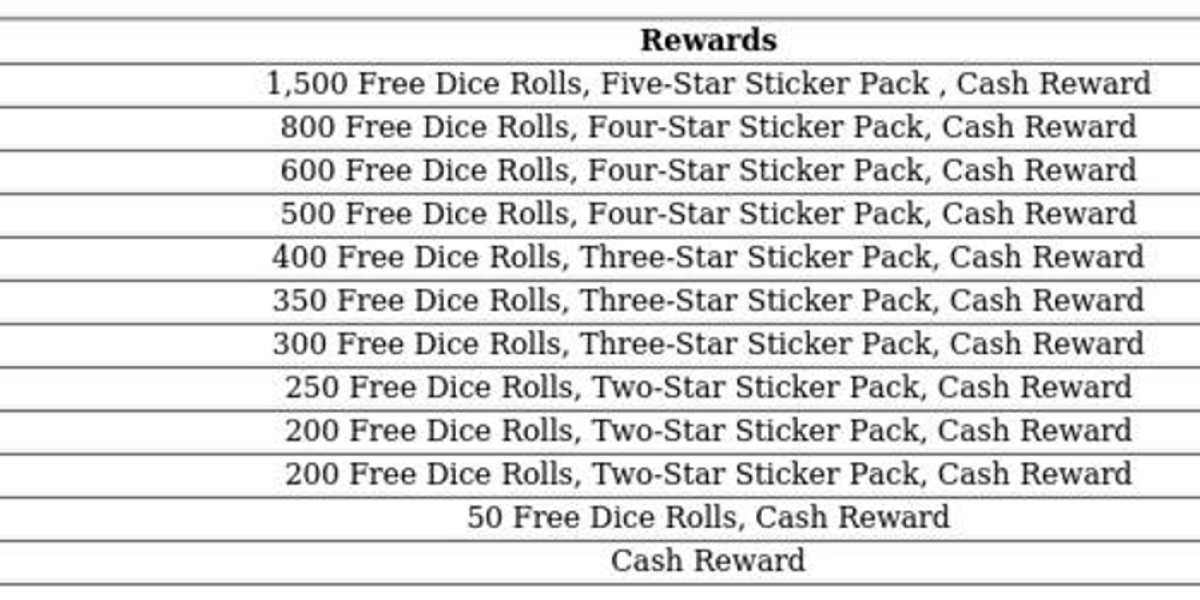The Comprehensive Guide to Built-In Ovens: Maximizing Kitchen Efficiency and Style
Built-in ovens are an important feature in contemporary kitchens, combining functionality with sleek design. They offer a seamless appearance, boost space effectiveness, and frequently featured advanced functions that raise the cooking experience. This short article will dive into the different kinds of built-in ovens, their advantages, necessary factors to consider during purchase, and upkeep tips.
What is a Built-In Oven?
A built-in oven is developed to be housed within kitchen cabinetry, providing an electric integrated oven look that saves counter space and enhances the aesthetics of a kitchen. Unlike freestanding ovens, built-ins offer versatility in terms of placement and can be chosen to match the kitchen's style.
Kinds Of Built-In Ovens
There are numerous types of built-in ovens, each catering to various cooking requirements:

| Type | Description | Suitable Use |
|---|---|---|
| Single Oven | A standard oven with one cooking compartment. | Everyday cooking, baking. |
| Hotpoint Newstyle Electric Double Oven - Sleek Black Oven | 2 different oven compartments, permitting multi-tasking. | Cookology 60cm Large Built Under Double Oven meals, multi-course cooking. |
| Wall Oven | Set up at eye level, usually with sophisticated features. | Space-saving designs, ergonomic cooking. |
| Stove | Features a fan to flow hot air, cooking food uniformly. | Roasting, baking, and more. |
| Steam Oven | Utilizes steam for cooking, maintaining moisture and nutrients. | Healthy cooking, baking bread. |
| Microwave | Combines microwave and regular oven functions. | Quick meals, reheating. |
Advantages of Built-In Ovens
Built-in ovens provide numerous benefits, which makes them a popular choice amongst homeowners. Some crucial advantages consist of:
- Aesthetic Appeal: They can fit effortlessly into kitchen cabinetry, developing a sophisticated and uniform look.
- Area Efficiency: By utilizing vertical area, they help make the most of kitchen energy, particularly in smaller locations.
- Advanced Features: Many come equipped with clever innovation, self-cleaning alternatives, and precision cooking functions.
- Enhanced Accessibility: Wall ovens can be positioned at eye level, decreasing the need for flexing and making it much easier to monitor cooking development.
- Adjustable Options: Built-in choices can be found in various sizes, surfaces, and styles, allowing personalized kitchen design.
Factors to consider When Choosing a Built-In Oven
When choosing a built-in oven, there are a number of factors to think about to make sure that the device lines up with the user's cooking preferences and kitchen layout:
- Size and Capacity: Measure the installation space to guarantee the picked oven fits. Think about the oven capacity based upon cooking needs.
- Kind of Cooking: Think about the favored cooking methods-- do you bake, roast, steam, or cook quickly? This will identify the kind of oven to pick.
- Functions: Evaluate smart functions, temperature level probes, multiple cooking modes, and cleaning choices.
- Energy Efficiency: Look for energy scores to minimize utility costs, particularly if the oven will be used often.
- Budget: Built-in ovens can differ significantly in price, so it's important to develop a budget and consider long-term investment choices.
Maintenance Tips for Built-In Ovens
To lengthen the life of a built in electric oven-in oven and preserve its performance, routine upkeep is important. Here are some useful ideas:
- Cleaning: Regularly clean down the exterior and interior surfaces. Usage specialized cleaners for stainless-steel finishes.
- Self-Cleaning: Utilize the self-cleaning function regularly to keep the interior clean; nevertheless, prevent regular usage to avoid wear and tear.
- Inspect Seals: Inspect the door seals for any damage to prevent heat loss.
- Usage Safe Cookware: Ensure that baking sheets and pans are suitable with the particular kind of oven to prevent damage.
- Regular Inspection: Schedule expert upkeep checks a minimum of as soon as a year to make sure whatever functions smoothly.
Frequently Asked Questions About Built-In Ovens
Q1: How do I select the ideal size built-in oven for my kitchen?A: Measure
the allocated area for the oven and think about the general capability you need based upon your cooking habits.
Q2: Are built-in ovens easy to install?A: Installation can be complicated and typically requires expert assistance, particularly for electrical and gas connections. Q3: How frequently must I clean my built-in oven?A: It's suggested to clean up the oven month-to-month and use the self-clean function regularly based on use frequency. Q4: Will a built-in oven increase the worth of my home?A: Yes, a premium built-in oven can boost the kitchen's appeal, possibly increasing home value. Q5: Can built-in ovens needs while boosting general kitchen design. By considering size, type, features, and upkeep, homeowners can select a built-in oven that serves their cooking style and way of life effectively. Buying a built-in oven not just elevates kitchen looks however also changes the cooking experience, making meal preparation more satisfying and efficient.
be used for all kinds of cooking?A: Most built-in ovens can manage a variety of cooking methods, however specialized types, like steam or convection ovens, master specific locations. Built-in ovens are a terrific addition to contemporary kitchens, blending performance with style. With their multiple types, ovensandhobs benefits, and customizable choices, they accommodate diverse cooking






